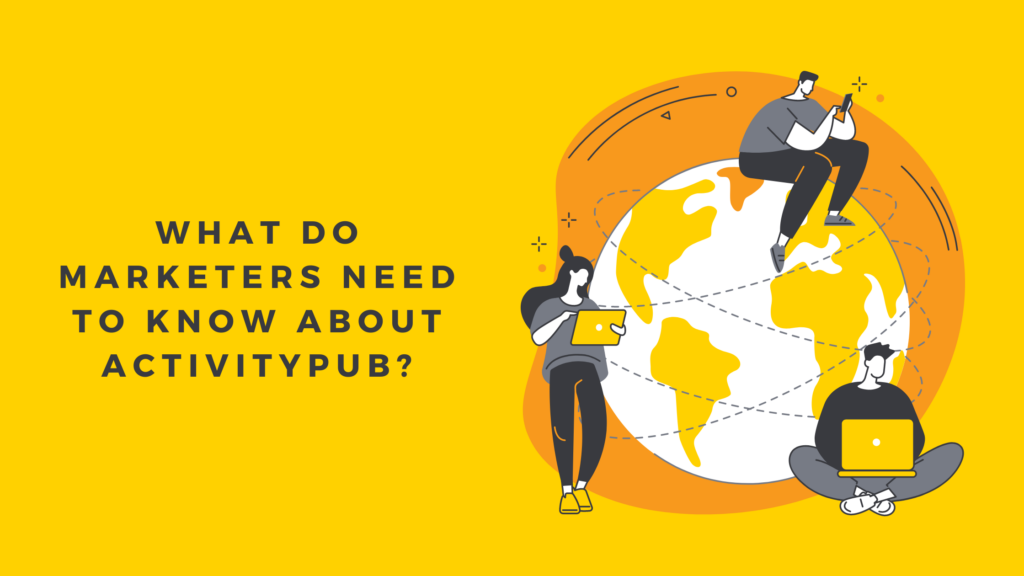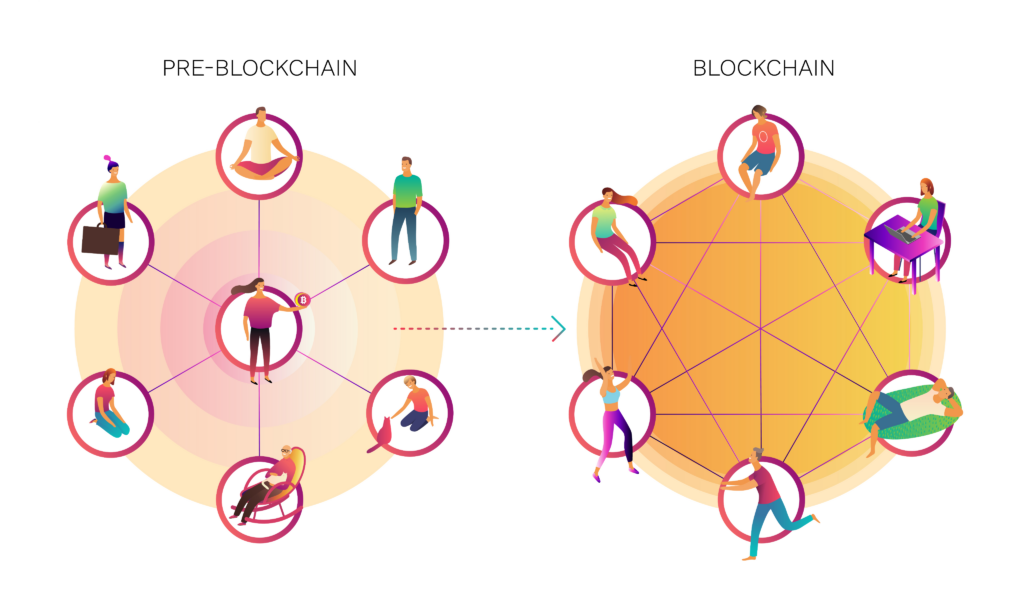
With the launch of Meta’s new social platform, Threads, the spotlight is also shining on a new-ish social networking protocol, ActivityPub. Sadly, it is not a neighborhood bar with yard games, so what exactly is it? While trying to answer this question I realized that not only was I failing to understand the answer but in some cases I was failing to understand the question. With that in mind, I decided to dig into the basics and break it down as far as I could to get a better handle on it.
What is ActivityPub?
According to ActivityPub, it is “an open, decentralized social networking protocol based on Pump.io’s ActivityPump protocol. It provides a client/server API for creating, updating, and deleting content, as well as a federated server-to-server API for delivering notifications and content.” Confused yet? Yeah, I was too.
Essentially, ActivityPub is a set of rules on how data is transmitted that, in this case, will support multiple social networking platforms and allow users to have more control over their own network data and social graphs. Social Graph, i.e., the total number of people, things, places, etc. that you are connected to via your social media platform. That network is currently owned and limited to whichever platform it is on; Twitter, Facebook, LinkedIn, Truth Social (hopefully not this one). Under a decentralized model, the individual social graphs would be transferrable to create a truer reflection of an individual’s total social reach.

In a really good article, Popular Science puts it in as simple of terms as you can find, “It’s basically a pre-designed social networking architecture that developers can use to create services similar to Twitter, Facebook, and Instagram. ActivityPub is designed to enable “the Fediverse,” or a series of decentralized social networks. The idea is that instead of your Facebook Posts, Twitter Tweets, and YouTube videos being locked inside their respective walled gardens, your Mastodon Toots would also be available.” Popular Science also notes that, “Similarly, your followers wouldn’t be locked into one app and nor would the list of people you follow. You’d basically be able to switch between Fediverse-compatible social networks as you like. While different apps and services could look different and have different features and moderation policies, the data contained within these sites, such as user-generated content or the network of followers and followings, would be available through any ActivityPub-supporting service.”
Think of it, in the same way, as when your Instagram account recommends other accounts based on your Facebook connections but on a potentially much larger scale. If you want a much more complete description of a DSNP, its structure, or possible effects I encourage you all to take a look at a white paper published by Unfinished Network in the fall of 2020.

What Does This Mean For Me?
The obvious next question for marketers is what does this mean for my advertising dollars? Unfortunately, that question is not one that can be answered yet…but the promise or potential is compelling. To discuss this, I first need to add a disclaimer. ActivityPub provides the infrastructure and not the platform itself so when I am speaking about advertising via ActivityPub the reality is that marketers will be advertising on one or more platforms that support ActivityPub and taking advantage of some sort of cross-platform functionality.
Second, Threads is not allowing advertisers, for now. According to Axios, citing sources with Threads/Instagram, it will begin to allow advertising once the app hits “critical mass.” Since Threads saw 100 million new users in their first week, we should expect that opportunity sooner rather than later. Also according to Axois, “Instagram is bringing its branded content tools to Threads, allowing marketers to get involved with paid promotion on the app while advertising is still off limits.” That’s all well and good and will ultimately generate opportunities for Threads but as I’m sure you are thinking, Threads does not support ActivityPub, yet. That is a valid point but if you listen to the teams from Meta and Instagram it will soon and with 100+ million users (at the moment) it’s worth noting.
In a perfect world, the future in this space is bright for marketers because, with this much shared and transferrable content, the data generated across multiple platforms should be very granular and allow businesses to accurately locate existing and potential customers. Theoretically, if individual profiles can create, remove, or change content across platforms, marketers should make a truly cross-platform strategy both achievable and highly successful. Essentially, this should make marketing dollars go further while maximizing their effectiveness. Finally, and most importantly, this will all come down to two things: the number of users on the various platforms supporting ActivityPub and privacy/security concerts.
First, the collection of user data is akin to their national pastime for creators like Meta as well as potential marketers. What will this look like with the current or forthcoming consumer privacy policies? Will data collection be opt-in only on the initial platform or will opting into a single platform mean that your data is trackable and usable across the other platforms your user profile links to as well? Will a singular set of permissions and policies exist for marketers across any apps or platforms that support ActivityPub or will they have to adhere to a different set of practices for each one? These are questions that will need to be answered before consumers are comfortable migrating to one of these new social platforms and for marketers to feel comfortable parting with sizable portions of budgets.
Second, the size of the user base. How many people can advertisers reach will ultimately be the make-or-break metric and since Mastodon is the current king of the jungle with just over 10 million users, as of March 2023, versus the 350+ million and 500+ million on Twitter and Instagram respectively, it is not the most appealing place to park ad dollars. This is another reason all eyes are on Threads. If it successfully integrated with its 100+ million users, it would not only be the proverbial 800lb gorilla, it would be the entire animal kingdom. There are certain to be other challenges around user experience and functionality but for the time being, these are and should be the focal points that lie in the immediate future.
In the end, there is a lot of promise for platforms to support ActivityPub but it is also a huge game of wait and see. However, it is definitely worth keeping an eye on and has the potential to be a major component of any social media campaign.
*All images were generated using Tome.app

